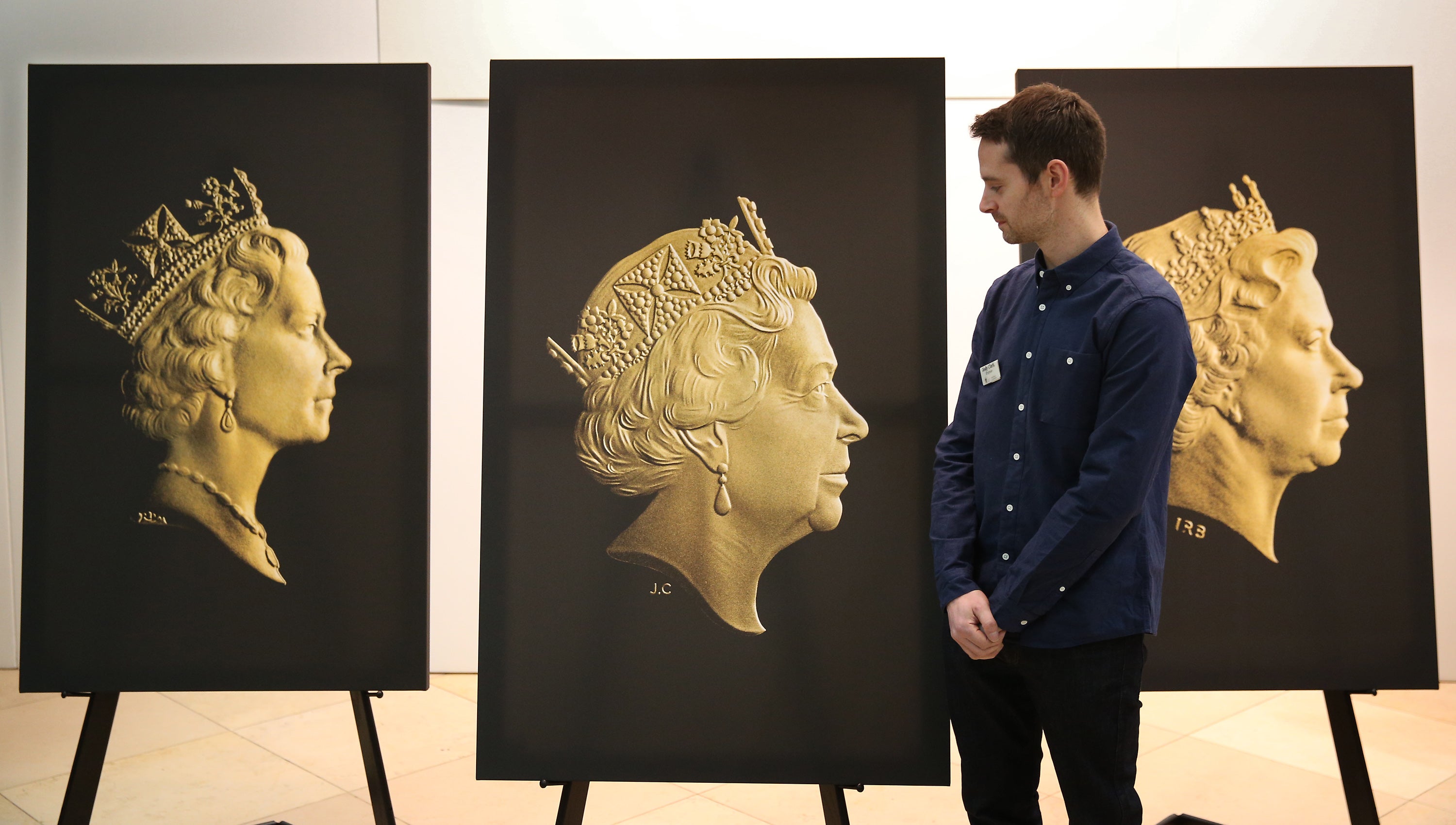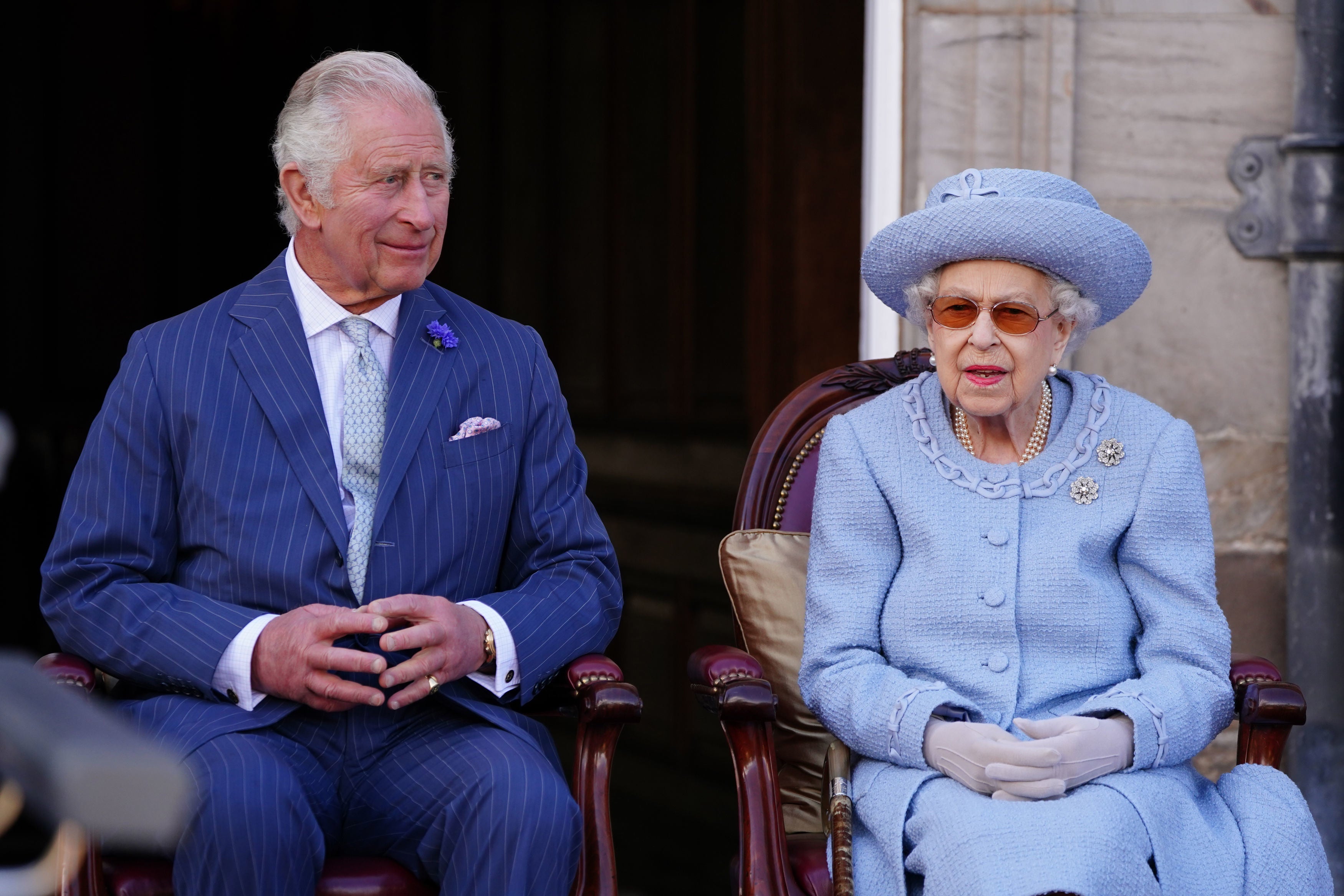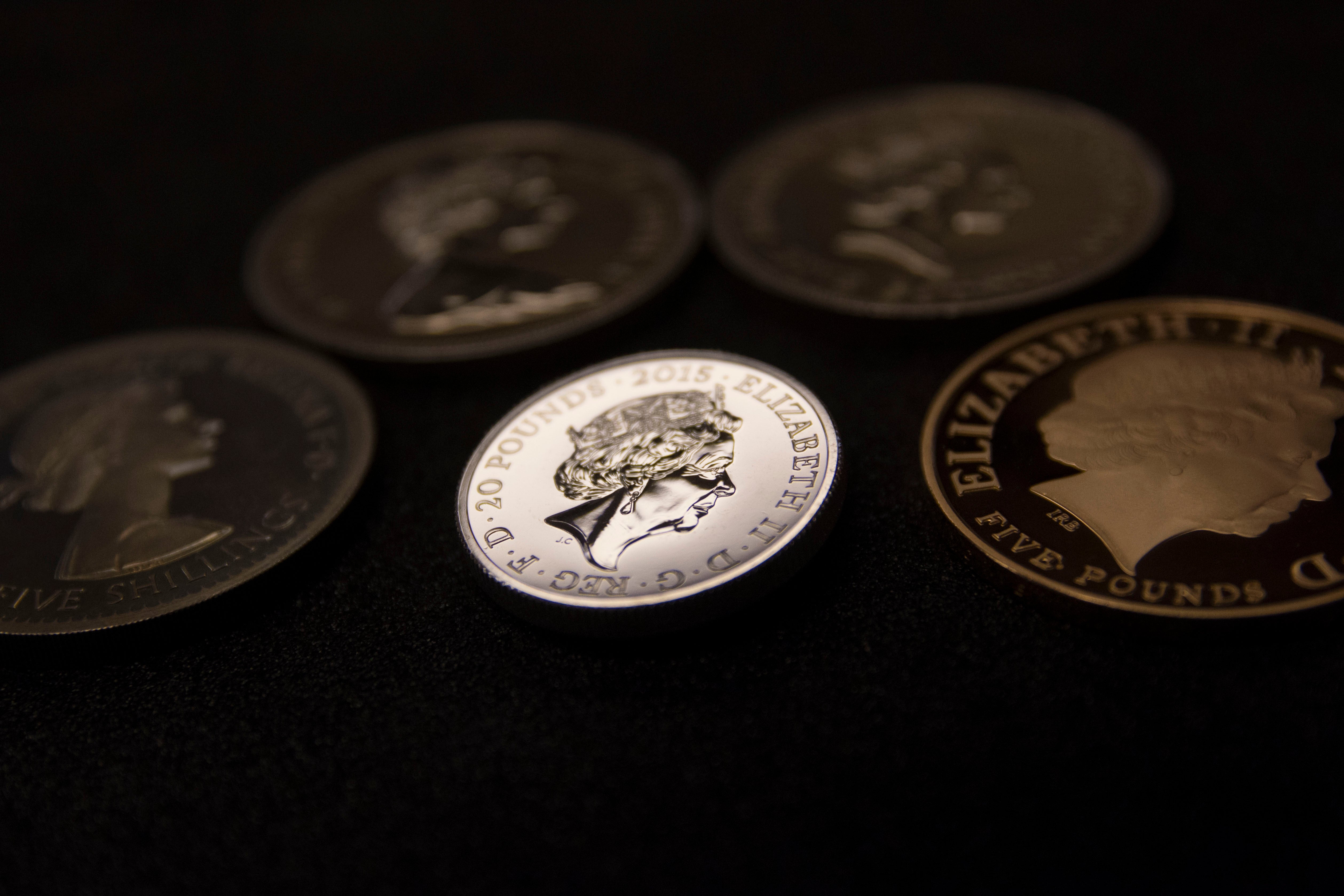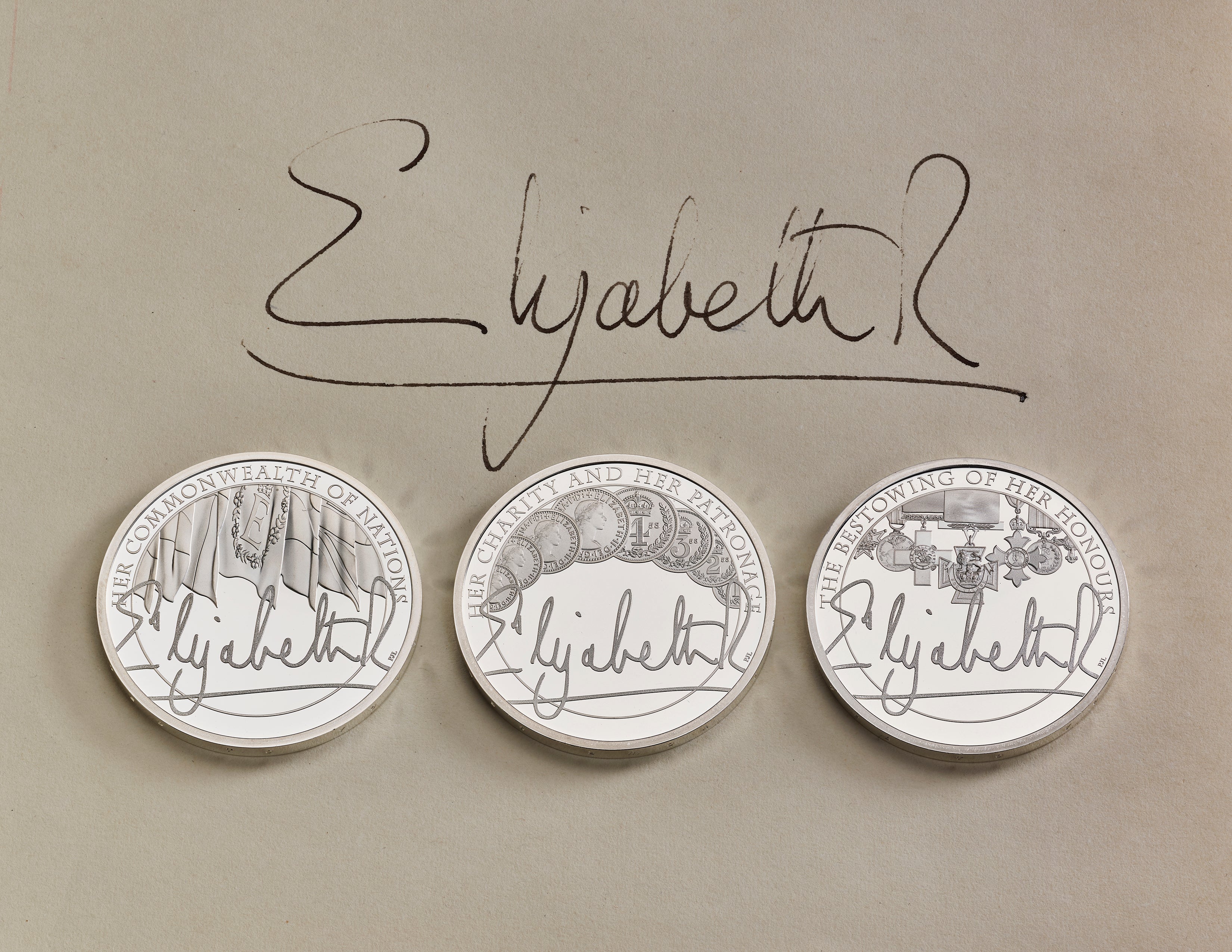Coins, stamps, even barristers – all the things that will change now the Queen has died
Coins, stamps and medals will no longer bear the Queen’s distinctive profile, but that of her heir King Charles III
With the death of Queen Elizabeth II, many iconic goods, symbols and titles will have to change.
Coins, stamps and medals will no longer bear the Queen’s distinctive side profile, but that of her son and heir King Charles III.
A new flag and coat of arms will be designed for the new monarch and the most famous anthem of all will, of course, have to be tweaked.
Even senior barristers – known as Queen’s Counsel (QC) for 70 years – will have to adapt to the new moniker of King’s Counsel (KC).
Here is a breakdown of some of the iconic changes that will happen.
Historically, coins played a significant role in spreading the fame of kings. This is because, for many people, the image of the king on coins was the only likeness of the monarch they were likely to see in their lifetimes.
During Queen Elizabeth II’s reign there were five representations of the monarch on coins in circulation.
The original coin portrait of the Queen was by Mary Gillick and was adopted at the beginning of her reign in 1952.

She was later photographed by Arnold Machin OBE, and an approved portrait entered circulation in 1968.
A third portrait, by Raphael Maklouf was adopted in 1985, followed by a portrait by Ian Rank-Broadly in 1998.
The final portrait was introduced in 2015 and was created by Jody Clark. It shows the Queen wearing the diamond diadem, as she did when travelling to the state opening of parliament.
But what will happen to stamps, coins and notes when Charles becomes king? Here’s what we know.
Will stamps, coins and notes change?

Following in his mother’s footsteps, it is believed Charles will sit for a new portrait to be used on all new coins, notes and stamps that enter circulation after he takes the throne.
Coins bearing the portrait of the Queen will likely continue to be issued in the immediate future, and all currency bearing her portrait will still be valid for use.
The switch to new currency and stamps will be a gradual process, with banks and post offices gradually collecting the old designs.
It is likely that many people will be keen to hold onto their coins as a keepsake of the Queen.
What will the new coins look like?
Since the 1600s, during the reign of Charles II, royal tradition has dictated that monarchs should be represented on coins facing in the opposite direction to their predecessor.
This means that when Charles becomes king, his portrait will face left, as the Queen’s faced towards the right.

What about barristers?
In the UK, Queen’s Counsel (QC) refers to a set of barristers and solicitors who the monarch appoints to be a part of Her Majesty’s Counsel learned in the law.
The title switches to King’s Counsel (KC) now a king reigns.
Stationery and business cards may need to be reprinted to reflect the change in the post-nominal letters.
What will change for King Charles III himself?
His signature
Charles’s signature will change.
Before it was simply “Charles”. Now it will be the name he has taken as king with an additional R for Rex – Latin for king – at the end.
In criminal court cases, the R to denote the Crown now stands for Rex rather than Regina (queen).

Flags
Charles will need a new personal flag as King.
In 1960, the Queen adopted a personal flag – a gold E with the royal crown surrounded by a chaplet of roses on a blue background – to be flown on any building, ship, car or aircraft in which she was staying or travelling.
It was often used when she visited Commonwealth countries.
While the royal standard represents the sovereign and the United Kingdom, the Queen’s own flag was personal to her alone and could be flown by no one other than the Queen
Coat of arms
The royal coat of arms, adopted at the start of Queen Victoria’s reign in 1837, will remain the same.
But just as when the Queen became monarch, it is likely that new artwork will be issued early in Charles’s reign by the College of Arms for use by public service bodies such as the civil service and the armed forces.
The “very light rebranding” will be hard to spot, but it signifies the opportunity to replace old images, which have been in use for many decades, with newer, differently stylised ones.
Join our commenting forum
Join thought-provoking conversations, follow other Independent readers and see their replies
Comments
Bookmark popover
Removed from bookmarks